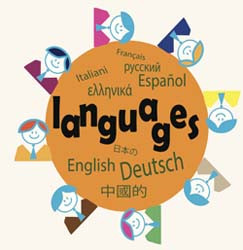Second language effect on bilingual reading development
The 'Bilingualism impact on reading development' (BIRD) project set out to determine the degree to which linguistic features favourably or adversely affect reading development. The overall aim was to provide better awareness of literacy growth. Project members tested children at bilingual primary schools in the Basque Country during a two-year period. These children were learning to read in Basque together with either French or Spanish. They were matched by age and language use and exposure measures and mainly assessed in Basque reading and cognitive skills. Test scores revealed that the Basque-Spanish bilingual children had few problems learning to decode new words. As a result, they learnt to read in Basque quite quickly. In contrast, Basque-French bilingual children had much more difficulty learning to decode new words, therefore reading in Basque came more slowly. Spanish has a very clear correspondence between letters and sounds, and the spelling of words is quite consistent. French has a more complex sound-letter correspondence and more irregularities. Readers must learn the arbitrary or unusual pronunciations of irregular words. There was a significant difference between the two groups in their ability to distinguish and manipulate individual sounds in nonwords. Basque children learning to read in Spanish were better at using the sounds of the Basque language than their French counterparts. However, the Basque-French second graders had much more acute visual attention span skills. These enhanced skills are a result of the French language's less direct correspondence between letters and sounds. By grade five, the difference did not exist. This may indicate that older children in both language groups display similar whole-word strategies and have built up lexical knowledge. Ongoing work in BIRD will lead to the design of diagnostic tools for literacy delays and disorders. The project should facilitate future literacy acquisition programs in European bilingual communities such as Brittany, Catalonia, Galicia and Wales.
Keywords
Second language, reading ability, bilingualism, reading development, linguistic features, literacy growth, sound-letter correspondence, visual attention span, phonemic awareness, reading strategies, literacy delays, literacy acquisition





